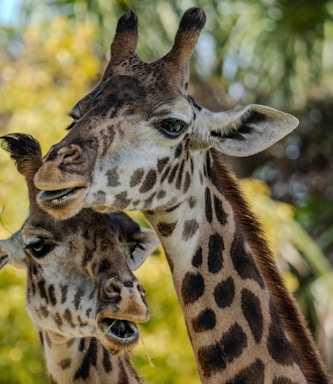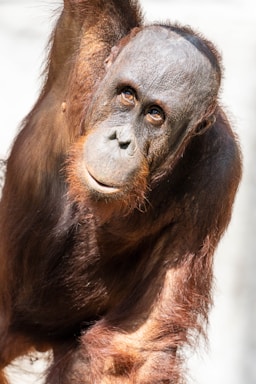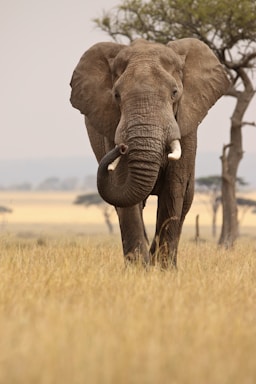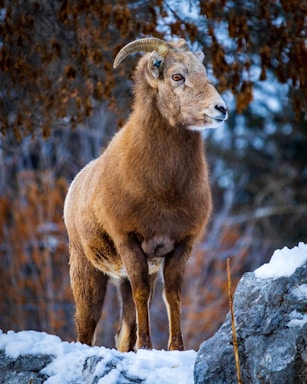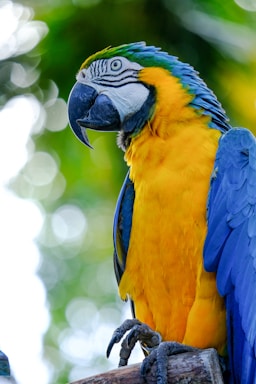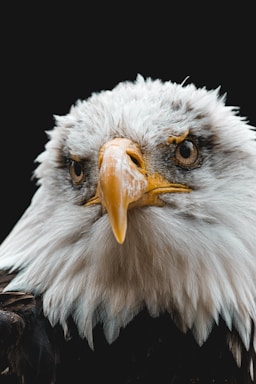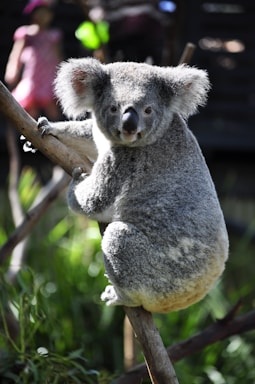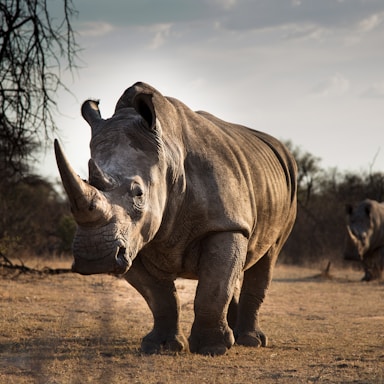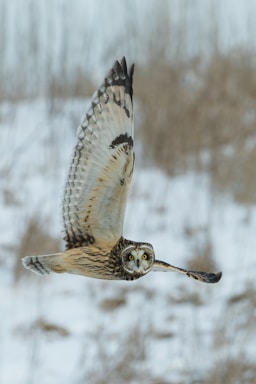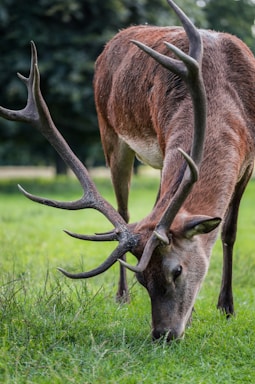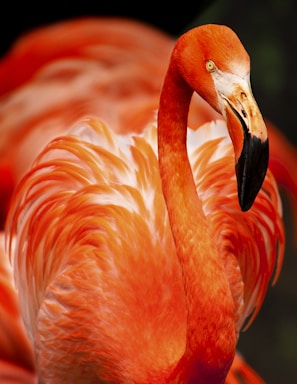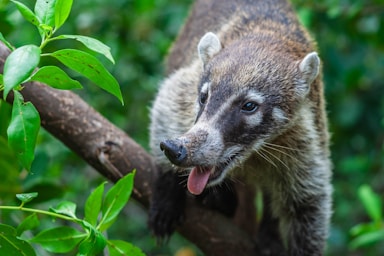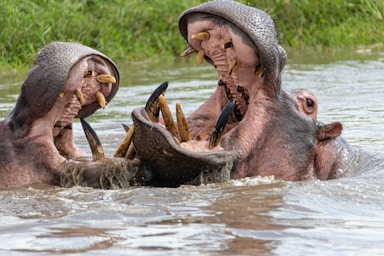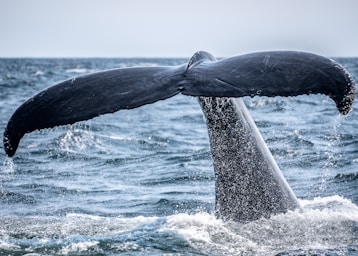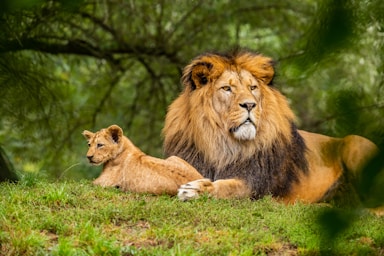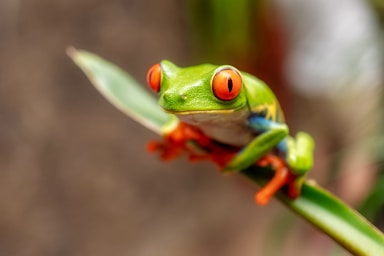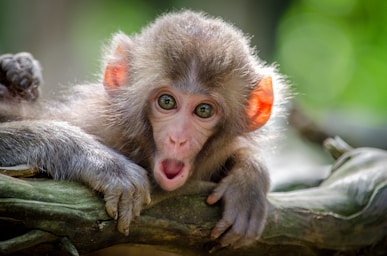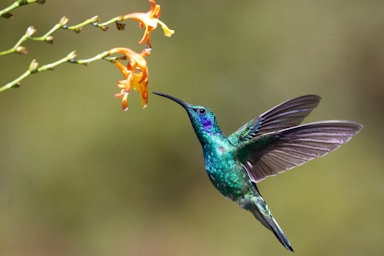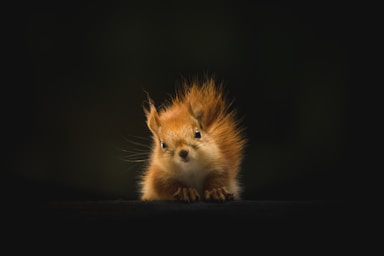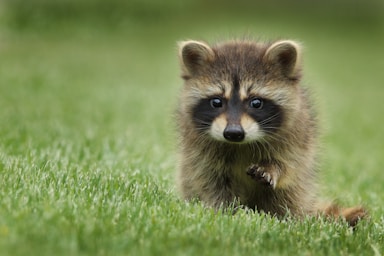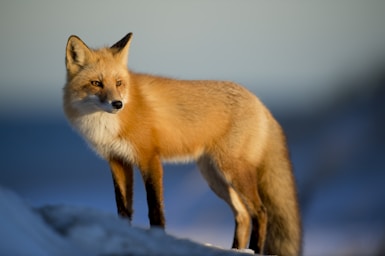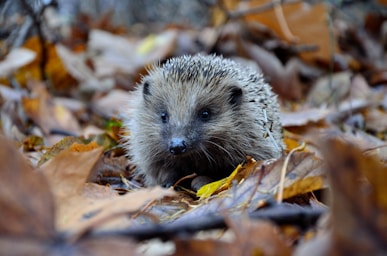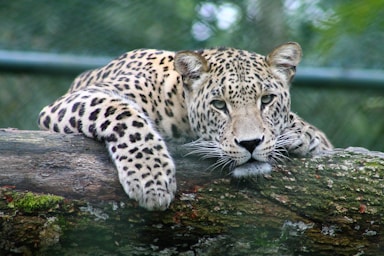Into the Wild: Mastering Wildlife Photography
To capture great wildlife photos, research your subjects' behavior, use suitable equipment like telephoto lenses, and master camera settings for sharp, well-exposed images. Practice patience, waiting quietly for the right moment. Focus on the eyes for connection and emotion. Capture dynamic action with fast shutter speeds. Pay attention to composition and utilize natural light for appealing shots. Tell a story through your images, showcasing moments of intimacy or interaction. Above all, respect wildlife and their habitat, prioritizing their welfare over getting the perfect shot.
Wildlife Photography (29):
TIP: When setting up a wildlife photography shot, prioritize patience and observation. Find a hide or vantage point for a clear view. Use a telephoto lens for close-ups while maintaining a safe distance. Consider the
animal's behavior and habitat. Be ready to capture fleeting moments.
In portrait (12):
In landscape (17):

